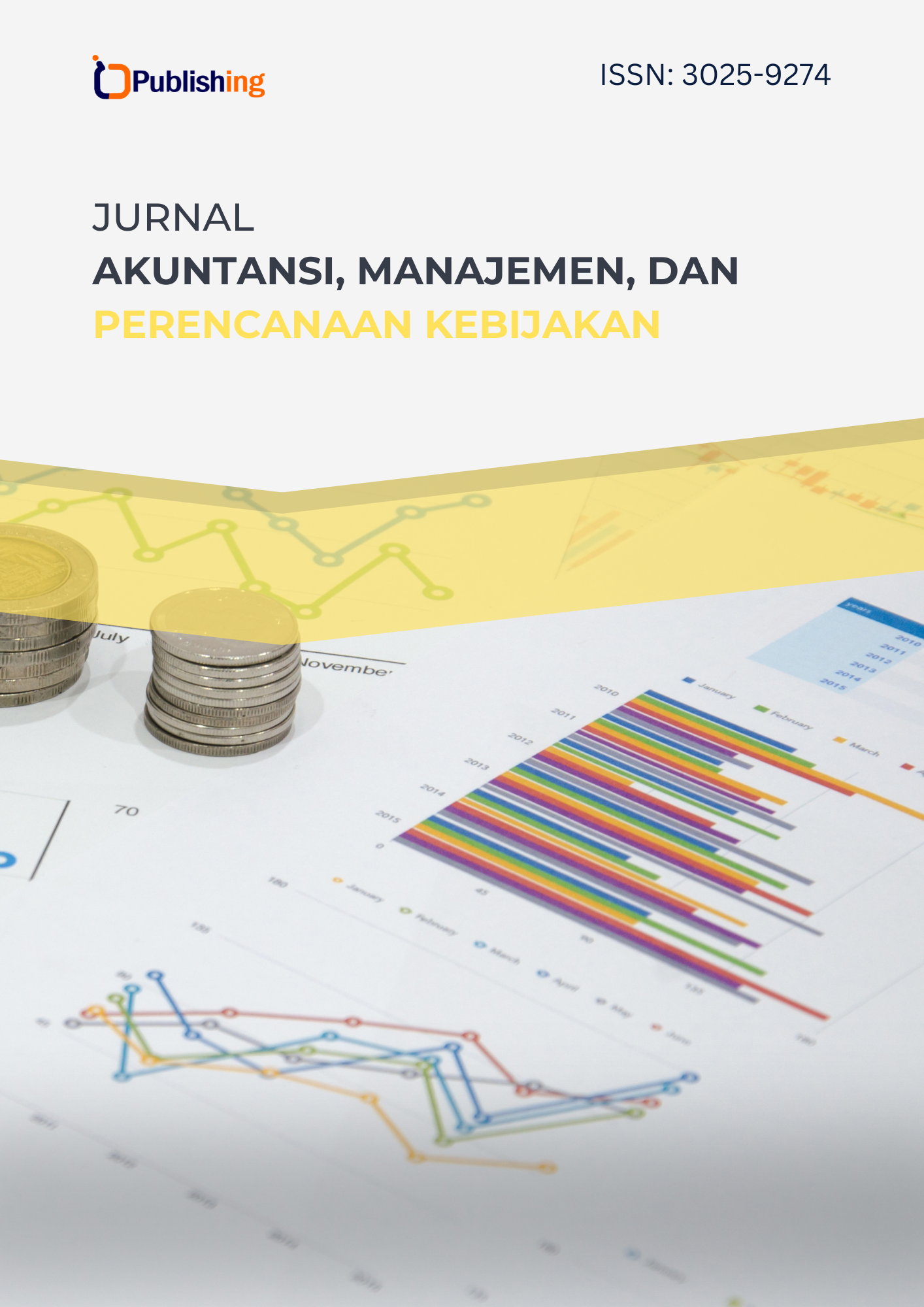The Role of Situational Leadership in Manufacturing Industry Decision Making Automation
DOI:
https://doi.org/10.47134/jampk.v2i2.543Keywords:
Situational Leadership, Decision-Making, ManufacturingAbstract
This article examines the role of situational leadership in improving decision-making effectiveness in the manufacturing sector, particularly in relation to automation. The research reveals that a strong understanding of team dynamics and the leader's ability to adjust leadership styles according to employee readiness levels can enhance productivity and motivation. Amid technological and organizational changes, leaders who can adapt quickly will be more effective in managing transitions, especially in automating production processes. This article also offers practical recommendations for leaders to address challenges arising from the implementation of new technologies and to create a more collaborative and innovative work culture. By encouraging employee involvement in decision-making, leaders can foster innovation and improve operational efficiency, which in turn supports the company's success in facing evolving industry challenges.
References
Anthony, F., & Remiasa, M. (2019). Analisis Gaya Kepemimpinan Situasional PT. Futurefood Wahana Industri. Jurnal AGORA, 1(7), 1–6.
Arifin, M. (2021). Analisis Gaya Kepemimpinan Situasional Dalam Meningkatkan Kinerja Karyawan Pt. Inti Cakrawala Citra Indogrosir Banjarmasin. Angewandte Chemie International Edition, 6(11), 951–952., 5–24.
Blanchard, K. H., Zigarmi, D., & Nelson, R. B. (1993). Situational Leadership® After 25 Years: A Retrospective. Journal of Leadership Studies, 1(1), 21–36. https://doi.org/10.1177/107179199300100104 DOI: https://doi.org/10.1177/107179199300100104
Boyatzis, R. E., Goleman, D., & Rhee, K. (2000). Clustering competence in emotional intelegence: insights from the emotional sompetencie inventory the handbook of emotional intelligence is available for purchase from Amazon . com. Handbook of Emotional Intelligence, 343–362. http://www.eiconsortium.org/pdf/eci_acticle.pdf
Davenport, T. H., & Ronanki, R. (2018, January 9). Artificial Intelligence for the real World. Harvard Business Review (HBR). - References - Scientific Research Publishing. (n.d.). https://www-scirporg.translate.goog/reference/referencespapers?referenceid=3166319&_x_tr_sl=e n&_x_tr_tl=id&_x_tr_hl=id&_x_tr_pto=tc
Graeff, C. L. (1997). Evolution of situational leadership theory: A critical review. The Leadership Quarterly, 8(2), 153–170. https://doi.org/10.1016/s1048- 9843(97)90014-x DOI: https://doi.org/10.1016/S1048-9843(97)90014-X
Gunawan, Y. C. (2019). Gaya Kepemimpinan Situasional pada PT Pramono Irindo Jaya. Agora, 4(1), 314–323. DOI: https://doi.org/10.31000/sinamu.v1i0.2163
Handoko. (2020). Jurnal Widya KARYAWAN PADA PT . SIANTAR TOP TBK Jurnal Widya. 5(April).
Nabilah Maulidah Az-Zahroh, Cindy Safvitri, Surya Andhika Putra, & Mochammad Isa Anshori. (2023). Kajian Teori Kepemimpinan Situasional Dan Kepuasan Kerja : Studi Literature Review. Jurnal Riset dan Inovasi Manajemen, 1(3), 131–154. https://doi.org/10.59581/jrim-widyakarya.v1i3.784 DOI: https://doi.org/10.59581/jrim-widyakarya.v1i3.784
Nuhiya, S., Podungge, R., & Pakaya, A. R. (2024). Pengaruh Gaya Kepemimpinan Situasional Dan Lingkungan Kerja Terhadap Kinerja Pegawai Di Kecamatan Helumo. JAMBURA: Jurnal Ilmiah …, 7(1), 295–302. https://ejurnal.ung.ac.id/index.php/JIMB/article/view/25097%0Ahttps://ejurnal.ung.ac.id/index.php/JIMB/article/download/25097/8573
PENGEMBANGAN SUMBER DAYA AIR. Jurnal Administrasi Negara, 24(2), 101–114. https://doi.org/10.33509/jan.v24i2.190
Ramadhan, I. F., Fitriani, N. B., Zakia, H. G., Sahwaludin, T. H., & Sukabumi, U. M. (2024). Analisis Efektifitas Gaya Kepemimpinan Situasional Di Lingkungan Organisasi Era. 4.
Supriatna, M. D. (2018). IMPLIKASI GAYA KEPEMIMPINAN TERHADAP KETERIKATAN KERJA PADA PUSAT PENELITIAN DAN DOI: https://doi.org/10.33509/jan.v24i2.190
Toana, A. A. (2019). Kepemimpinan Situasional Dalam Kebijakan Publik. Jurnal Kebijakan Pemerintahan, 91–102. https://doi.org/10.33701/jkp.v1ino.2.1099 DOI: https://doi.org/10.33701/jkp.v1iNo.2.1099
Downloads
Published
How to Cite
Issue
Section
License
Copyright (c) 2024 Alivia Dwi Vivi Desintawati, Fita Diana, Rusdi Hidayat N, Indah Respati Kusumasari

This work is licensed under a Creative Commons Attribution 4.0 International License.








